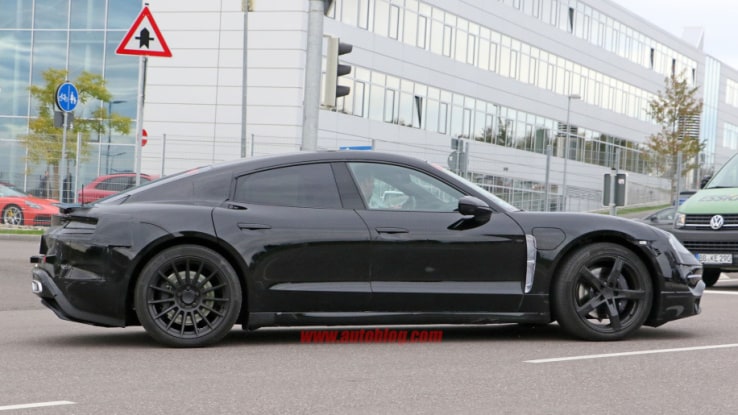
A lot of sneaker fans and industry watchers have been speculating about the health of Yeezy, the collaboration between Adidas and Kanye West.
Adidas CEO Kasper Rorsted doesn’t seem concerned. On a call with investors today (Nov. 7), Rorsted called out the brand as a highlight of Adidas’s recent performance, pointing to it as one of the driving forces behind Adidas’s huge 76% growth in e-commerce this quarter. Overall, sales grew 8% versus last year, though Adidas struggled with a decline in Western Europe (paywall).
To people watching from the outside, the Yeezy label has raised some questions lately. Over the three years of the collaboration, almost any new styles have been instant sellouts. Released in limited quantities, rumored to number at most in the tens of thousands, they’ve produced intense competition among people to get their hands on a pair, and eye-watering prices on the resale market that could reach well over $1,000.
But in September, when Adidas and Yeezy, via their sites, released a much larger quantity—supposedly up to a million pairs—of the Yeezy Boost 350 in triple white for $220 each, the shoes remained available online for at least a week. When the next drop came, this time for the Yeezy Boost 700 in mauve, that shoe didn’t appear to sell out, either, before it was apparently pulled from sale. Now you can buy it on the resale market for about the same price as retail. At least from the outside, Yeezy’s shine appeared to be fading.
Industry onlookers have guessed that the increased volume of the 350 in triple white suddenly made it possible for lots of people to get a Yeezy sneaker, killing the exclusivity of the brand and cooling the hype that had fueled its sales. Or that West’s apparent alignment with Republicans was driving a backlash among his largely liberal fans.
But Rorsted told CNBC that there has been absolutely no slowdown in the Yeezy business, and said on the investor call that sales of the Yeezy 350 from the recent release were above expectations. He called the online drop “flawless” in its execution.
The brand strategy for the Yeezy brand remains unchanged. “As we’re moving new Yeezy products into the market, we will do what we’ve done also in the past: Create scarcity around the new products we are launching, make sure we have the hype, and, over a given period of time of course, drive volume into that market,” Rorsted explained on the call. When a product has been on the market several years, Adidas and Yeezy can then “democratize” it and start looking for mass sales, as they did with the Yeezy 350.
Adidas is careful about managing its successful franchises, and understands the value of scarcity. The unanswered question is how the Yeezy label will fare in the long-term as its shoes, even if just the older models, become easier to get. Sneakers and fashion are industries that often rely on exclusivity and hype, and if Yeezy sneakers are readily available, it could make them less desirable.
As for politics, which West has said he’ll distance himself from in the future, Rorsted told Footwear News that Adidas supports what West does, but not every statement he makes.
























